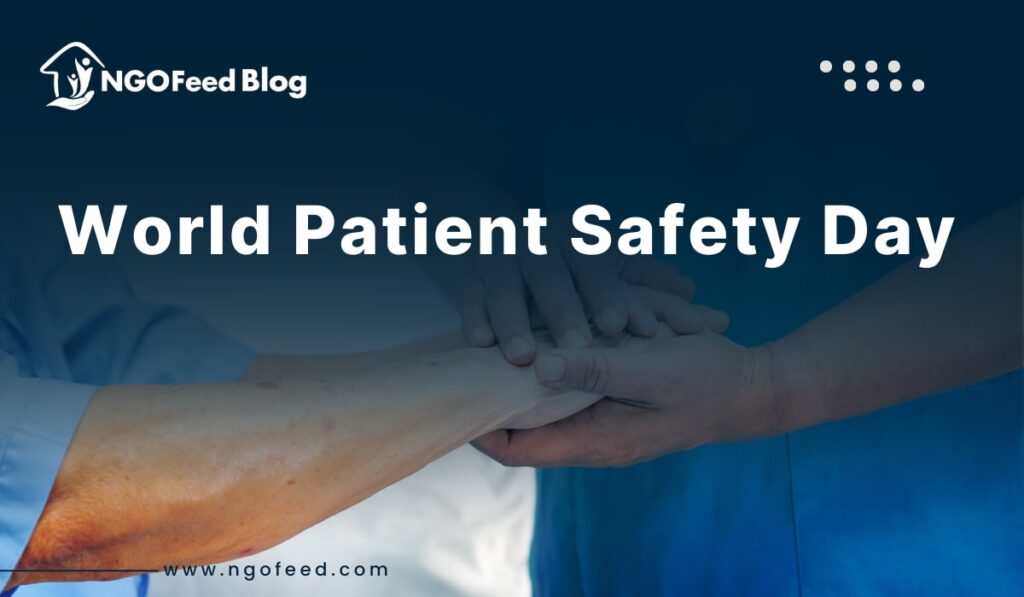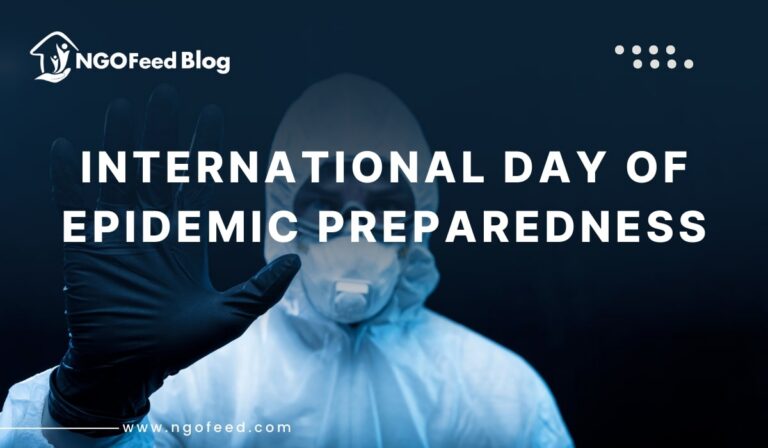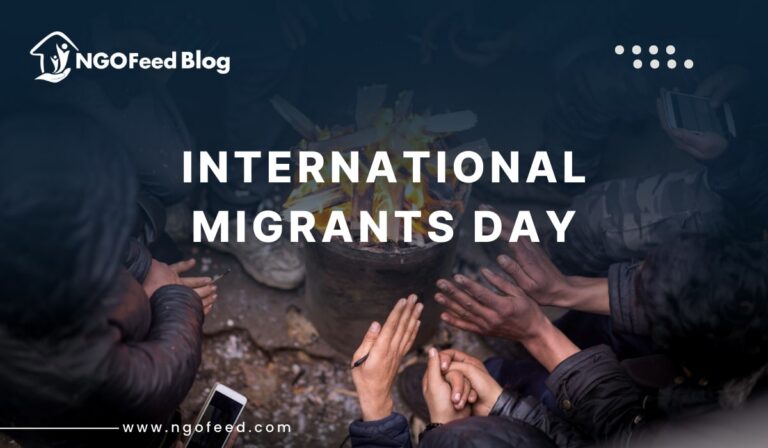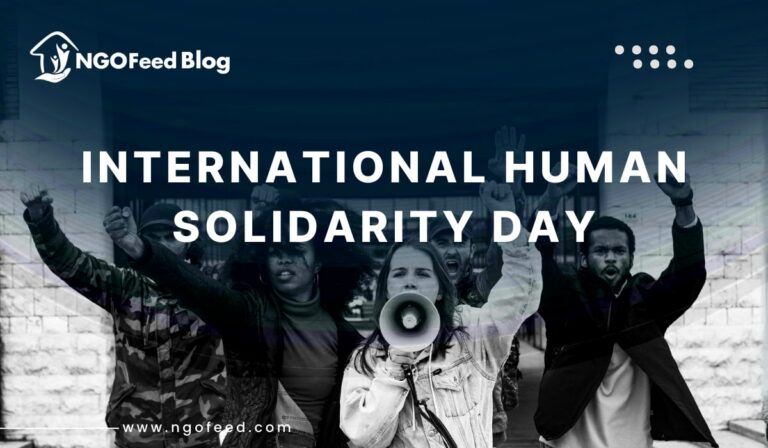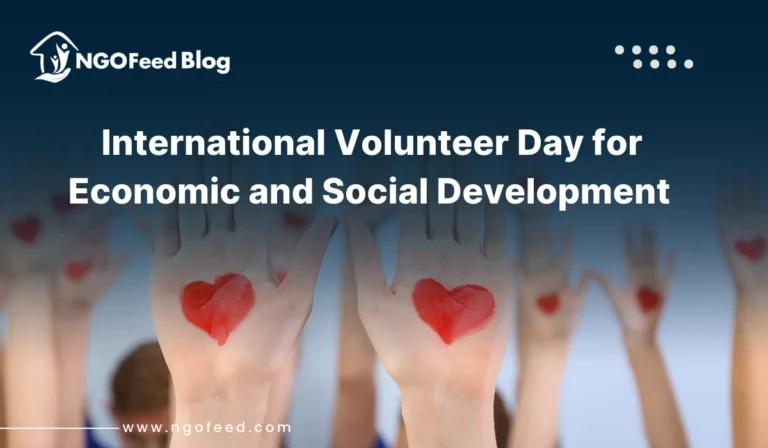The World Health Organization (WHO) started World Patient Safety Day, which is observed by the worldwide community every year on 17 September to highlight the need of patient safety and to promote worldwide solidarity in making healthcare safer. Quality healthcare builds on patient safety, yet millions of people around the world suffer damage from avoidable medical errors, hazardous practices, and weak systems. Emphasizing the need to create safer healthcare systems where patients, families, and healthcare professionals collaborate to reduce hazards and foster faith in medical care, this observance helps us to do so.
When the World Health Assembly (WHA) passed a resolution establishing World, in its 72nd session in May 2019, patient safety became a worldwide health priority. One of the World Health Organization (WHO)’s designated worldwide health days, Patient Safety Day. The aim was to acknowledge patient damage as a major public health problem and to inspire worldwide action for more secure healthcare standards.
Originally observed on September 17, 2019, with the theme “Patient Safety: A Global Health Priority,” this event has evolved every year since then. particular emphasis to draw attention to a critical healthcare safety problem:
- 2020:Health Worker Safety: A Priority for Patient Safety
- 2021:Safe Maternal and Newborn Care
- 2022:Medication Safety
- 2023:Engaging Patients for Patient Safety
- 2024:Digital Solutions for Patient Safety
- 2025:Safe care for every newborn and every child
The day has grown into a powerful global movement, involving hospitals, NGOs, governments, and patient groups worldwide.
Table of Contents
World Patient Safety Day 2025 Theme
Theme: Ensuring safe care for every baby and every child
Starting with Patient Safety!
The youngest and most vulnerable patients—newborns and children—are the subject of this year’s theme. Children, unlike adults, have distinct physiological demands and are far more susceptible to medical errors; they are not just tiny copies of adults. The 2025 campaign emphasizes the critical need for child-friendly systems, safe pediatric care techniques, and increased family engagement in guaranteeing safety.
The motto “Patient safety from the start!” relates the conviction that healthcare safety should start from the first day of life.
Reasons World Patient Safety Day Matters
1. World Load of Unsafe Care
WHO estimates that unsafe medicine causes millions of deaths yearly all around. Many of these situations involve preventable problems like:
- Faulty dosage or improper drug
- Hospital-acquired illnesses
- Late or misdiagnosis
- Surgical problems
- Staff and family communication issues
Because of their weak health and reliance, babies, particularly newborns, are at considerably higher risk.
2. Safeguarding Families and Children
For a youngster, even a little mistake, say an incorrectly administered medication dosage, could have lifelong effects. Making sure children receive safe care not only helps their future but also gives families emotional and financial stability.
3. Creating Trust in Healthcare
Healthcare rests on trust. Patients who feel safe are more likely to get prompt treatment, obey medical recommendations, and cultivate long-term relationships with their healthcare professionals.
4. Supporting Sustainable Development Goals (SDGs)
This day specifically helps to reach SDG 3 (Good Health and Well-being), more the target of eliminating avoidable neonatal and child deaths under five.
5. Establishing a culture of safety
Apart from hospitals, this awareness pushes politicians, nonprofits, local groups, and people to cultivate a “safety-first” culture where errors are transparently acknowledged, lessons are learned, and patient well-being always comes first.
Celebrating World Patient Safety Day 2025
- Orange Landmark Illumination: Symbol of hope and solidarity, orange is the official color of the day. To celebrate the occasion, famous buildings, hospitals, and public areas throughout the world are lit in orange.
- Awareness Campaigns: Schools, hospitals, and neighborhoods can spread social media posts, flyers, and content stressing the need for safe care for youngsters.
- Webinars and Workshops: Educational sessions on child-centered care, error prevention, and infection control for healthcare providers, parents, and carers.
- Hospital Operations: Special safety audits, simulation exercises, and training courses can help to improve neonatal and pediatric care.
- Testimonials and storytelling: Families and parents who have had safe or dangerous healthcare can inspire knowledge and reform by sharing stories.
- Dialogue between policies: Governments can use this day to introduce child-health policies, review safety regulations, and distribute resources.
- Community Celebrations: Local NGOs and healthcare personnel can arrange health camps, panel discussions, and rallies to involve the populace.
Functions and Roles of NGOs
Making this day meaningful depends mostly on non-governmental organizations. Their efforts are visible at several levels:
- Education and Awareness: NGOs provide educational resources for parents and caregivers so that they may grasp dangers and safe behaviors.
- Building Capacity and Training: Particularly in underserved or rural regions, they offer training programs for nurses, doctors, and community health workers.
- Policy influence and advocacy: NGOs pressure governments to enact child-centered health care policies and invest in safety infrastructure like as neonatal intensive care units (NICUs).
- Community Engagement: Grassroots NGOs see to it that awareness initiatives reach the most vulnerable groups, including underprivileged groups with limited access to medical care.
- International Alliance: Working with WHO, organizations like the World Patients Alliance and the Patient Safety Movement Foundation help to advance global standards for safety and patient empowerment.
- Backing for Victims of Unsafe Treatment: Certain NGOs support families impacted by subpar medical methods by offering counseling, legal aid, or financial help.
Conclusion
World Patient Safety Day 2025 reminds us that healthcare safety begins at birth and continues through every stage of life. By prioritizing safe care for newborns and children, we lay the foundation for healthier societies and stronger futures. This global observance unites governments, NGOs, healthcare professionals, and families in a shared mission: to ensure that every child receives care without harm.
When healthcare systems place safety first, they not only save lives but also uphold dignity, trust, and hope for generations to come.
Frequently Asked Questions (FAQs)
Q1. When is World Patient Safety Day observed?
It is observed every year on 17 September.
Q2. What is the theme of World Patient Safety Day 2025?
Safe care for every newborn and every child.
Q3. What is the slogan for 2025?
Patient safety from the start!
Q4. Why focus on children and newborns?
Because they are the most vulnerable patients, requiring specialized care. Even small errors in their treatment can cause life-threatening harm.
Q5. What is the official color of World Patient Safety Day?
Orange, symbolizing hope, visibility, and global solidarity.

